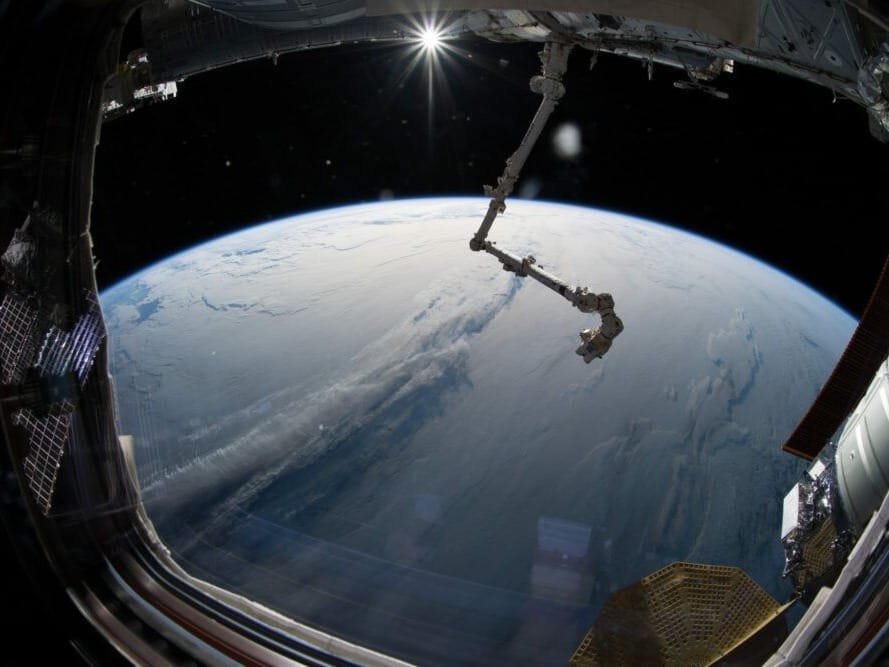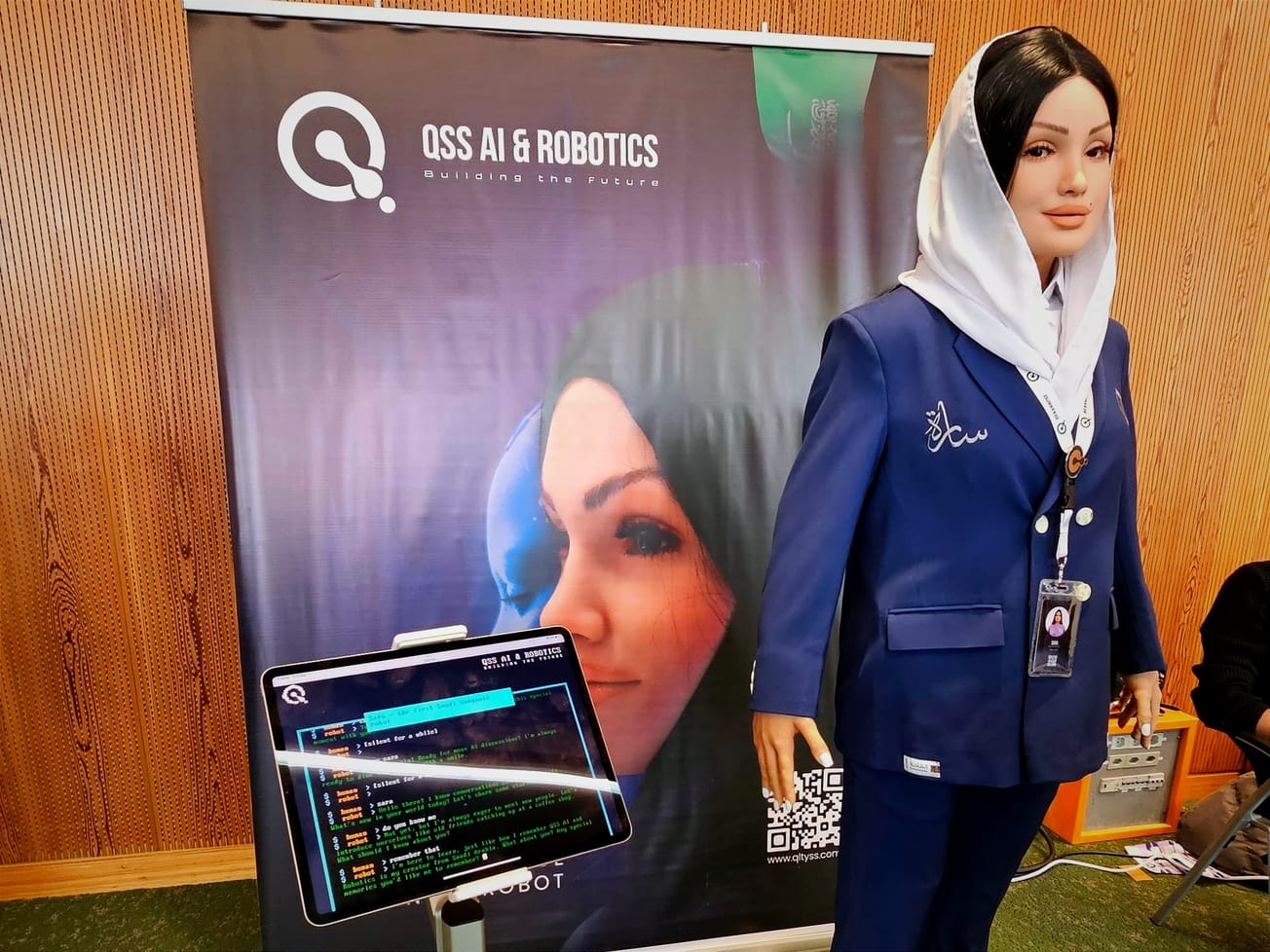WASHINGTON (AN) — For two decades, the $100 billion space station has been a hub for living and experimenting in space. More recently, it has become an example of how science can help nations rise above political rivalries.
Now, as a platform for experimentation, the International Space Station, or ISS, could become another form of experiment: an orbiting international organization that becomes privatized.









